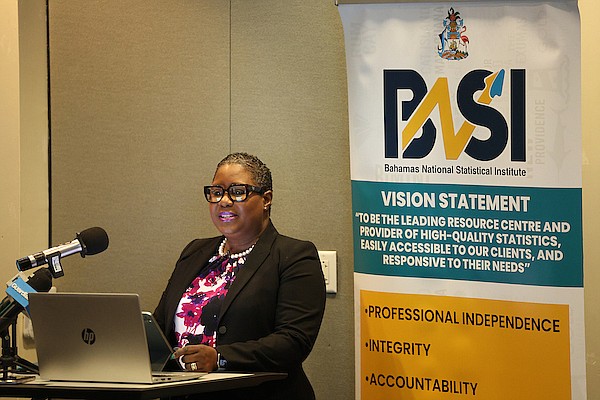The Bahamas National Statistical Institute (BNSI) has revealed that the number of vacant homes across the country surged to over 25,000 in 2022, marking a six percent increase since 2010. According to the latest Census data, the nation has a total of 144,198 dwelling units, with 82.6 percent (119,138) occupied and 17.4 percent (25,060) vacant. This rise in vacant properties coincides with escalating rental costs, stagnant wages, and a growing deficit of affordable housing, which Housing Minister Keith Bell estimates at more than 12,000 units. Despite these challenges, the Census highlighted positive trends, including a 19 percent increase in homeownership and improved access to utilities over the past 12 years. Fully owned homes without mortgages saw a significant jump from 37,109 in 2010 to 52,691 in 2022, while mortgaged homes declined from 23,434 to 19,299. Rental occupancy grew modestly, with 40,060 renters recorded. The report also noted a decline in overcrowding, with the average household size decreasing from 3.4 to 3.3 persons. Ten islands reported homeownership rates exceeding 70 percent, with Ragged Island leading at 92.9 percent. New Providence’s share of private dwellings dropped from 68.3 percent in 2010 to 66.9 percent in 2022, while the Family Islands saw an increase from 12 to 13 percent, reflecting a gradual population shift. The Census also highlighted significant improvements in internet access, with 92.3 percent of individuals aged three and older connected, up from 64.7 percent in 2010. Access to sanitation and basic utilities has also improved, with nearly all households now connected to essential infrastructure.
